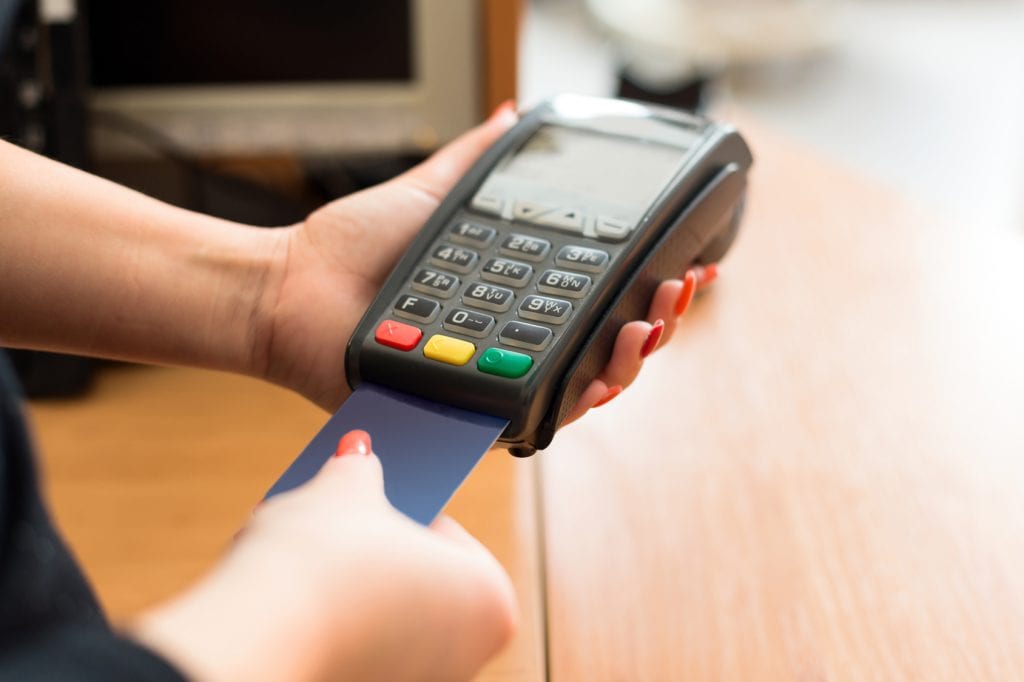The Wall Street Journal reported on the rapidly growing mobile payments environment in China. China went from a cash based society to a mobile and “cash-light” country with little interference from other payment forms in between. The article shares estimates that mobile payments went from 7.4 billion yuan in 2011 to 16.4 trillion yuan last year.
Alibaba and Tencent have facilitated this. Beyond linking their payment systems to their own e-commerce sites and to apps that deliver meals, taxis, massages and other goods and services, they have also signed up millions of traditional retailers—from restaurants and mom-and-pop shops to Wal-Mart Stores. Alipay charges merchants a maximum of 0.6% of each transaction in China. WeChat’s charges vary.
Other than some utility companies and other exceptions, mobile payments can be used in nearly every consumer use case. The story follows several payment scenarios where mobile is the preferred payment, even for very large purchases:
Like many Chinese, Mr. Piao has heard horror stories about credit-card fraud in which clerks swiped cards twice or cardholders had problems getting refunds, so he and his wife prefer Alipay even for buying big items at reputable chains. Their biggest purchase last year was an air purifier bought at an electronics chain for more than 10,000 yuan—using Alipay
Overview by Sarah Grotta, Director, Debit Advisory Service at Mercator Advisory Group
Read the full story here
